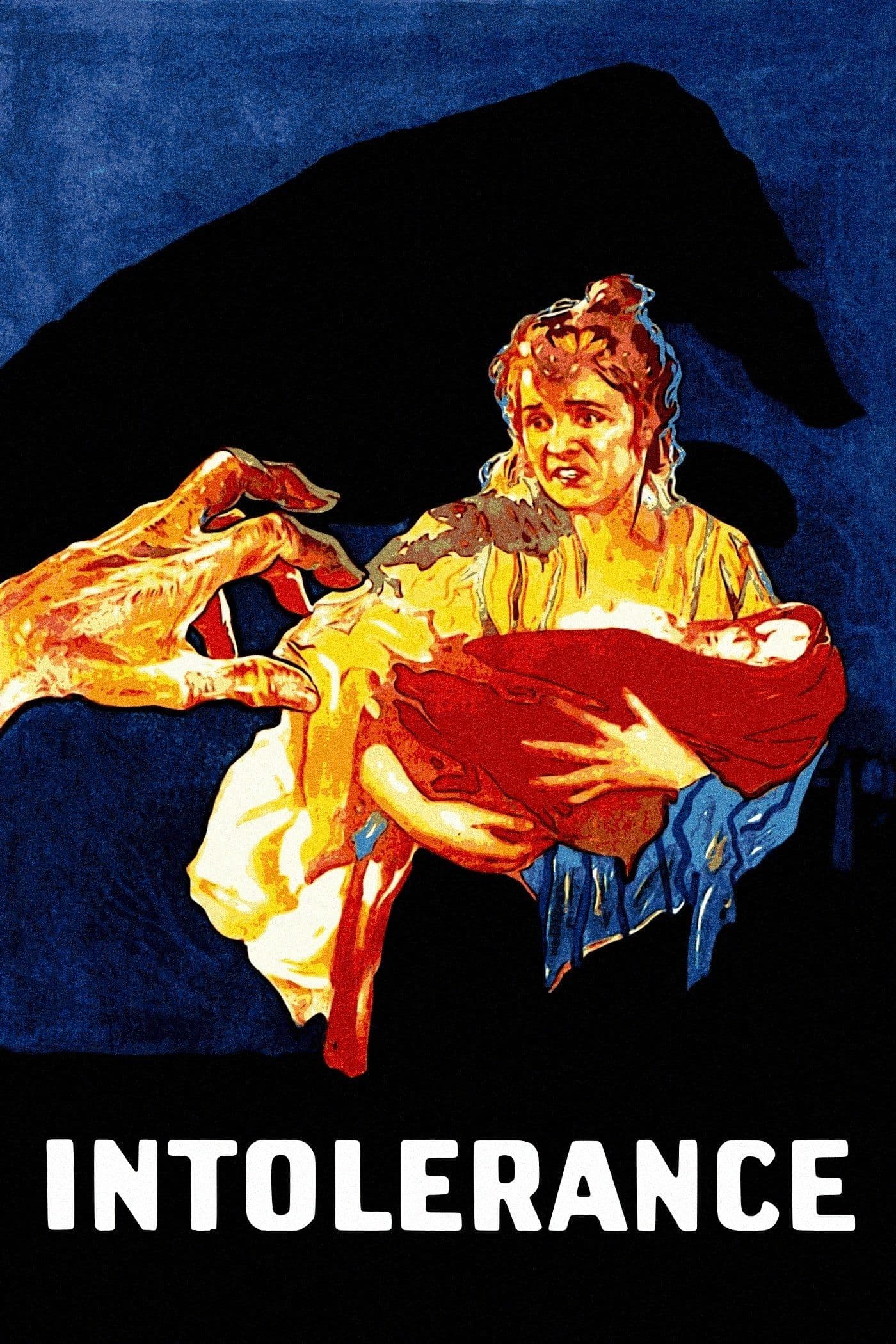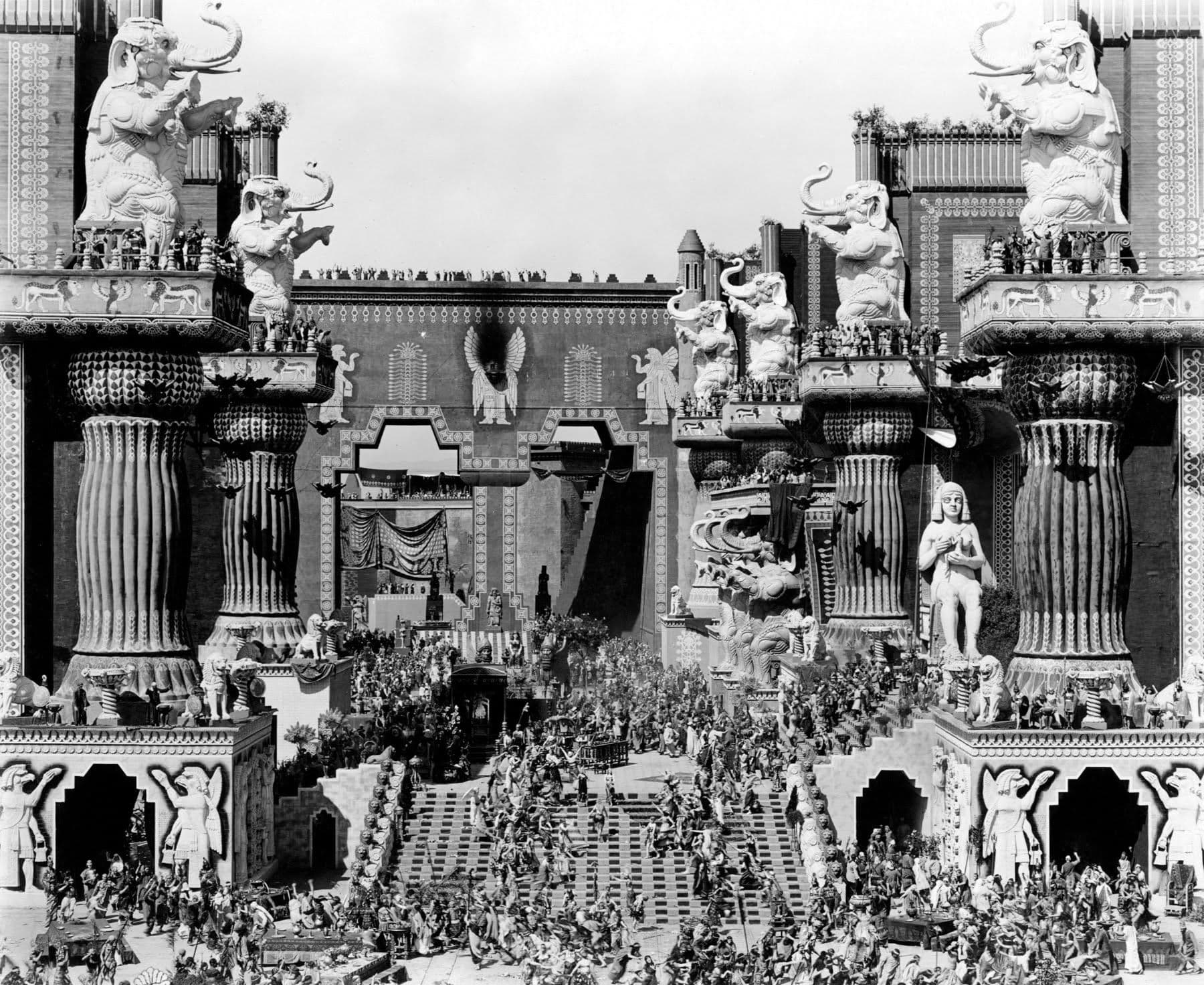
Intolerance: Love's Struggle Throughout the Ages
1916
Rate this movie
Average: 0.00 / 5
(0 votes)
Director
The first great epic film in cinema history was born almost by chance, with a project (one of many, in truth, from the prolific D. W. Griffith) revisited after the resounding public success of Birth of a Nation as a means to respond to the criticisms that film had received for its distorted historical vision. This was not a mere passing controversy; the glorification of the Ku Klux Klan and its marked racist imprint had aroused a wave of indignation that transcended the boundaries of film criticism, touching raw nerves in American society. It was in this climate of heated debate that Griffith, perhaps driven by a desire for artistic redemption or the conviction that he had suffered an interpretive injustice, decided to invest every resource, both intellectual and economic, in what became his most audacious and ruinous undertaking: an apology in celluloid, a monumental cry against intolerance. The father of modern cinema surrounded himself with a host of screenwriters (including Tod Browning, the future director of Freaks), but above all with thousands of extras, architects, and skilled workers, to stage an authentic epic across time and history. The figures were astounding for the era: a budget approaching two million dollars, an exorbitant sum that far exceeded any previous production, and mammoth sets, including the reconstruction of ancient Babylon, of such a vastness as to remain legendary and visible for decades in the Californian landscape. A film of enormous length by silent film standards, approximately three and a half hours in its full version, which, although initially acclaimed for its boldness and innovation, was paradoxically met with a resounding commercial failure in the United States, leading Griffith to bankruptcy and profoundly affecting his subsequent career.
It tells the story of a woman who, across various historical epochs, is separated from her husband and child due to cultural prejudices and social intolerance. A journey through Time with the ambitious attempt to recount the history of humanity through four episodes set in different eras: ancient Babylon, Judea at the time of Christ, 16th-century France, and contemporary America. Each episode tells of mothers separated from their children due to intolerance, demonstrating how this has always been a plague afflicting humanity. The choice of these epochs is not random, but aims to represent archetypes of oppression: the fall of the city of Babylon at the hands of the Persians, here interpreted as the defeat of freedom and joy of life in the face of religious fanaticism; the passion of Christ, victim of the hypocrisy of the Pharisees and the indifference of the masses; the St. Bartholomew's Day Massacre, an emblem of sectarian fury and religious hatred that tore apart Huguenot France; and, finally, the contemporary episode, a scathing critique of puritanical and hypocritical American morality, where poverty and ignorance clash with the rigid application of moralistic laws. Griffith, through parallel editing and powerful symbolism, seeks to show how intolerance lies at the root of many conflicts and how the consequences of our actions reverberate through time. The celebrated intercutting, or alternating montage, which incessantly cut from one era to another, was not just a narrative technique, but a true stylistic and philosophical manifesto. It symbolized the inescapable cyclicality of human history, an uninterrupted river of actions and reactions, where the injustice of one era fatally reverberates in another. The leitmotif of the eternally rocking cradle, evocative of the continuity of life and hope, serves as a powerful visual and thematic glue, a bridge between temporal abysses and the various manifestations of human cruelty. It was an unprecedented operation of historical deconstruction and emotional reconstruction, aimed at making the viewer feel the universality of the message.
A work filmed with great expenditure of energy and resources, magnificent in its historical reconstructions, with a flexible and dynamic screenplay, interwoven with intertitles and visual sequences that pry into emotions like crowbars. The performances of the actors, particularly those of Lillian Gish in the modern episode and Constance Talmadge in the Babylonian sequence, transcend the emphatic acting of the silent era, reaching peaks of pathos and truth. The celebrated siege of Babylon, with its hundreds of extras, elephants, and imposing papier-mâché walls, represents the pinnacle of silent film set design, a true engineering and artistic marvel that would inspire generations of directors, from Cecil B. DeMille to Sergio Leone. Griffith, with his mastery in directing crowds and in capturing the grandeur and misery of the human soul, elevated cinema from mere spectacle to a true monumental art.
An authentic starting point for the Seventh Art, but in some ways also its culmination. Intolerance remains today an ambitious and innovative, yet also quite controversial, work. It was a starting point because it established new standards for epic storytelling, for the use of editing as a tool of meaning, and for the conception of film as a vehicle for complex ideas. Its influence is undeniable: from the Soviet montage theories of Eisenstein and Kuleshov, who saw in Griffith a genius precursor, to the great Hollywood productions to come. But it was also a culmination, the ultimate expression of silent cinema's "grandeur," the peak of an era in which visual narration, devoid of sound support, had to draw on extreme expressive resources to communicate. Criticisms focused on the excessive complexity of the narrative structure, with its temporal jumps judged too audacious for the average viewer of the time, and on the simplification of some historical events, at times sacrificed on the altar of the director's moral thesis. Despite the controversies and its unfortunate economic fate, the film left an indelible mark on cinema history, not only as a lesson in style and technique, but also as a courageous, albeit imperfect, reflection on the eternal return of hatred and prejudice. Its rediscovery and reevaluation over the decades have elevated it to the rank of a masterpiece, a work whose intellectual and artistic resonance continues to inspire and prompt reflection on human nature and the power of cinema to explore it.
Genres
Country
Gallery



Comments
Loading comments...